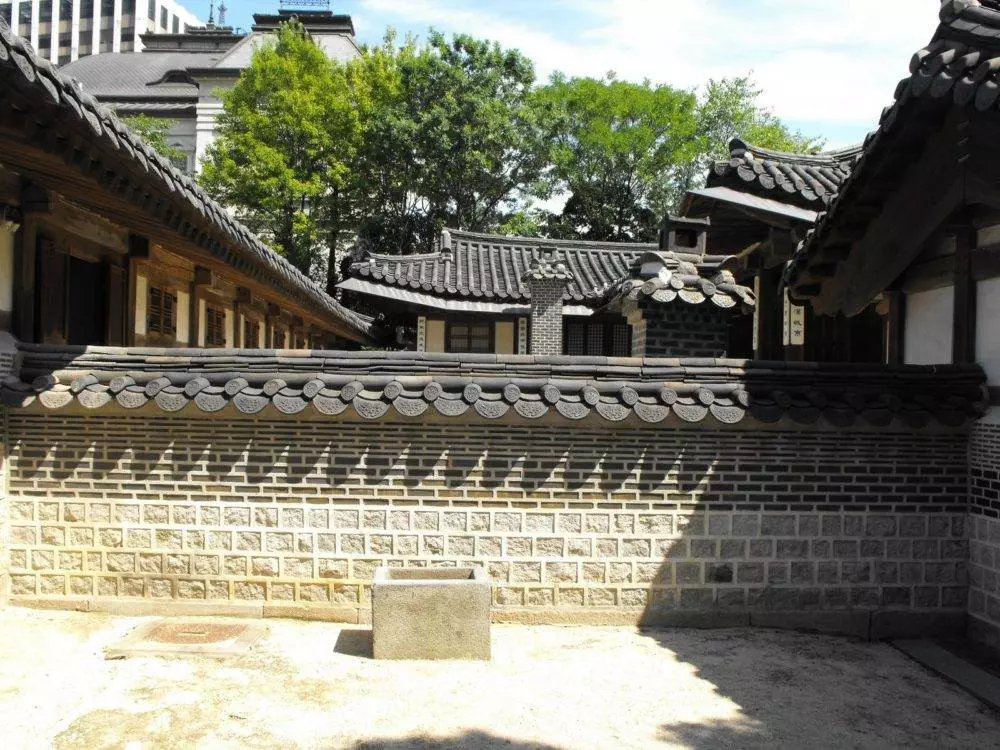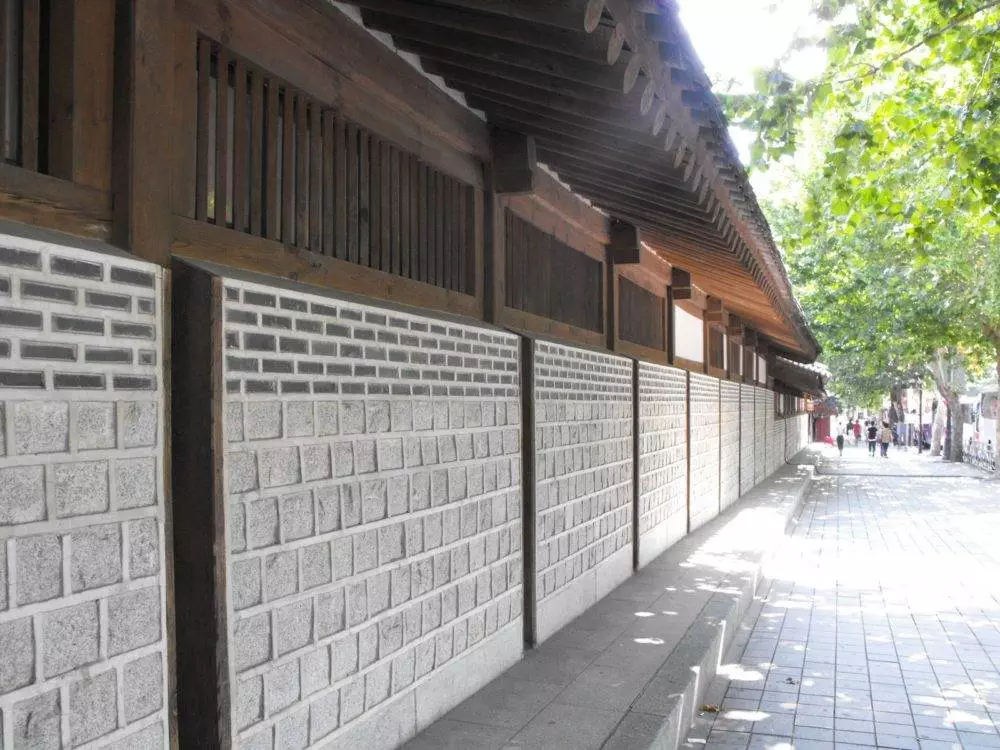
In the world of Korean palaces, some are well and widely known. A future palace I’ll be visiting is Changdeok-gung, which has Biwon on its grounds (Biwon is a 78 acre Secret Garden – tell me exactly how you keep 78 acres secret?) and Changgyeong-gung, another large palace in the area. Today’s visit was a short and sweet one to Unhyeon-gung. Just remember that gung is ‘palace’, sa is ‘temple’, and so on – saying ‘Unhyeon-gung palace’ is like saying ‘ATM machine’ – just a little redundant 🙂
With each palace comes a story. The site Unhyeon-gung sits on dates from the 1300’s, although there’s nothing left from this long ago. The main characters that lived here were Heungseon Daewon-gun, ruler of Korea during the Joseon Dynasty in the 19th century, and father of King Gojong (1852-1919), the twenty-sixth king of Korea during the Joseon Dynasty (from 1863-1897) and declared himself the first emperor of the Korean empire, which he reigned from 1897-1907. Gojong lived in this palace until age 12 when he assumed the throne. While this temple never served as a residence of kings, it’s a nice example of the structure built into palaces.
The history lesson aside, the palace is a nice aside from the destinations that one can spend an entire day exploring without feeling you’ve really seen it. A smaller palace perhaps 100 meters from the nearest subway station (Anguk station, line 3 exit 4, if you’re in the area), it’s contained quite nicely within its own walls. Men’s quarters, women’s quarters, a main house, a detached house, and inner and outer courtyards make up the scene.

The outside of the palace you’ll see while walking there from the subway station.

Looking down one of the buildings.

It’s been awhile since I’ve been completely stumped when it comes to Korean something-or-other… It’s behind a rope, which tells me it’s not to be touched… Perhaps some kind of ceremonial way of displaying… something… Anybody know? There was no sign / indication of what it was from the surroundings.

Just a couple of many models that made their appearances inside the buildings (which all had a clear ‘DO NOT ENTER’ sign below every possible entrance). The signs gave more information about the wardrobe selections in both Korean and English.



Clueless traveler: Hey honey, I’m not quite sure where I should take a picture of this place… Where are we again? Oh, yeah, a palace or something… Hey, what’s this? Oh, OK! I stand right here, facing this way, and… honey, how do I take a picture again? This cheap humor pointed at clueless tourists worldwide brought to you by clueless tourists worldwide – and the lengths some tourist destinations go to.

Another example of the old and new co-existing relatively peacefully. Unhyeon-gung doesn’t take up much room, and is self-contained within its own walls, making it unobtrusive to even it’s closest neighbors. Bonus points as far as the neighbors are concerned: it doesn’t make lots of noise in the evening, doesn’t have large gathering outside the area, and mainly keeps to itself.




Some of the male models – quarters at these times were segregated according to gender – men were strictly prohibited from entering the ladies quarters. One can almost see the depressed look in their eyes.





While Unhyeon-gung is a beautiful palace, it doesn’t quite deserve the title. Granted, royalty did live here – before they became royalty – although it lacks the grand… anything that screams ‘ROYALTY LIVED HERE – COME LOOK!’. It’s a nice look at how life was like in Korea a century or so ago – and reminds you of how far the country has come in that century. Come here if you happen to be in the area and have an hour or two to kill – it certainly won’t take any longer than that.


